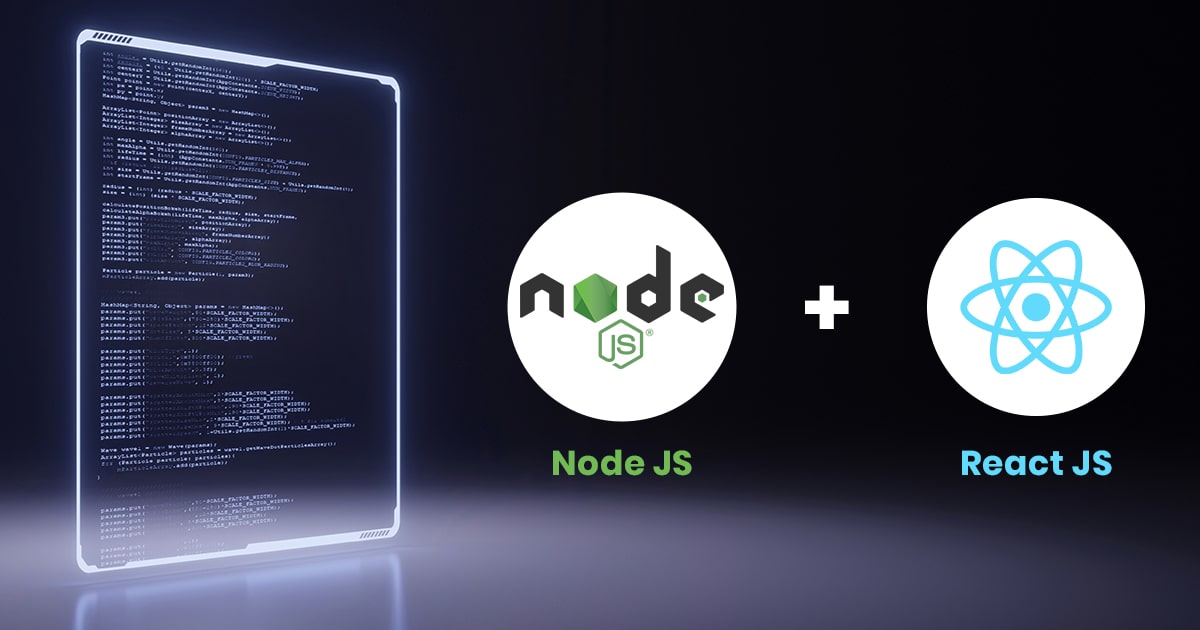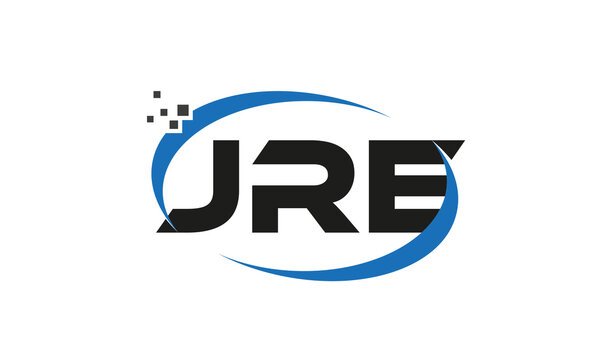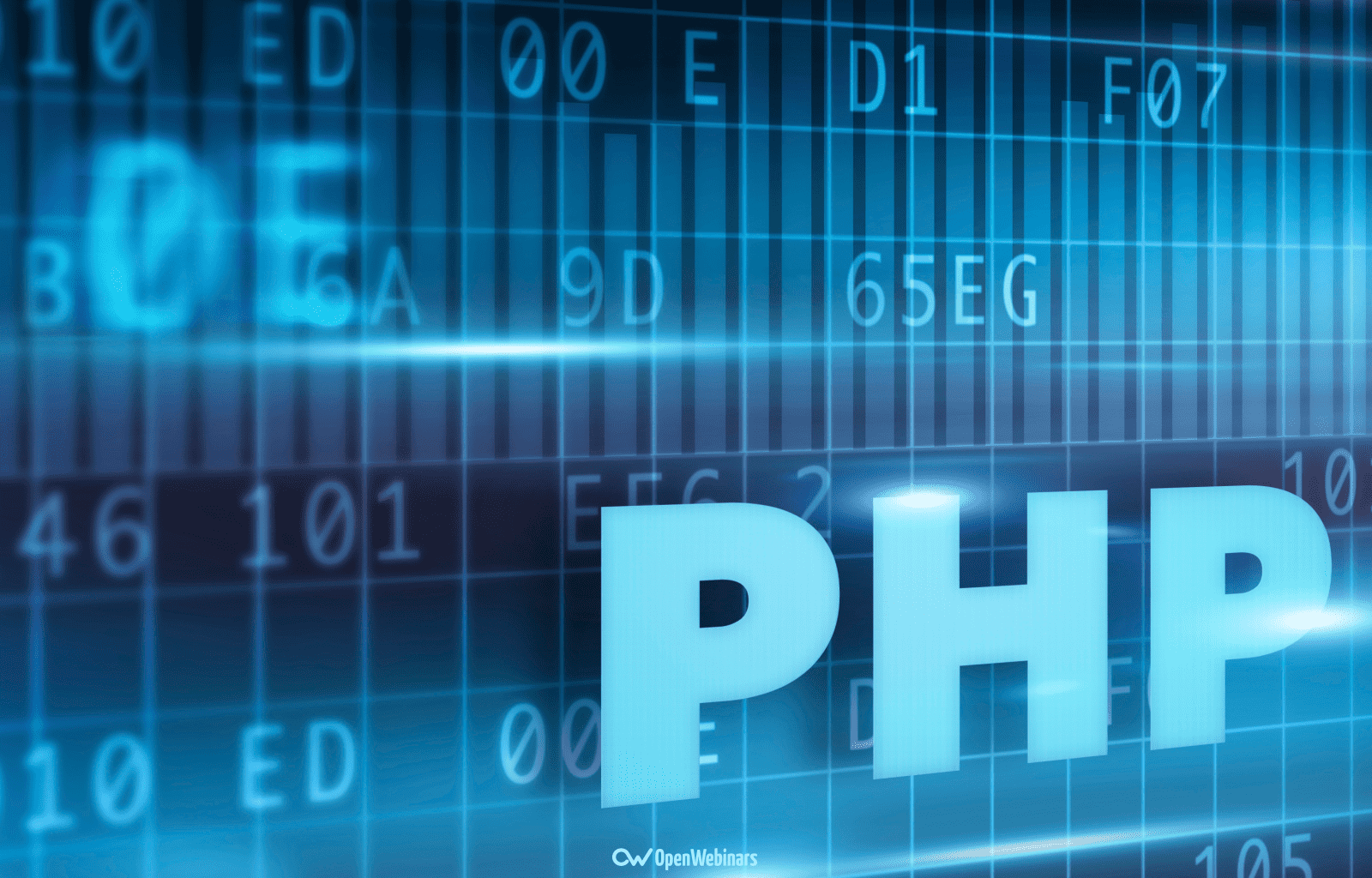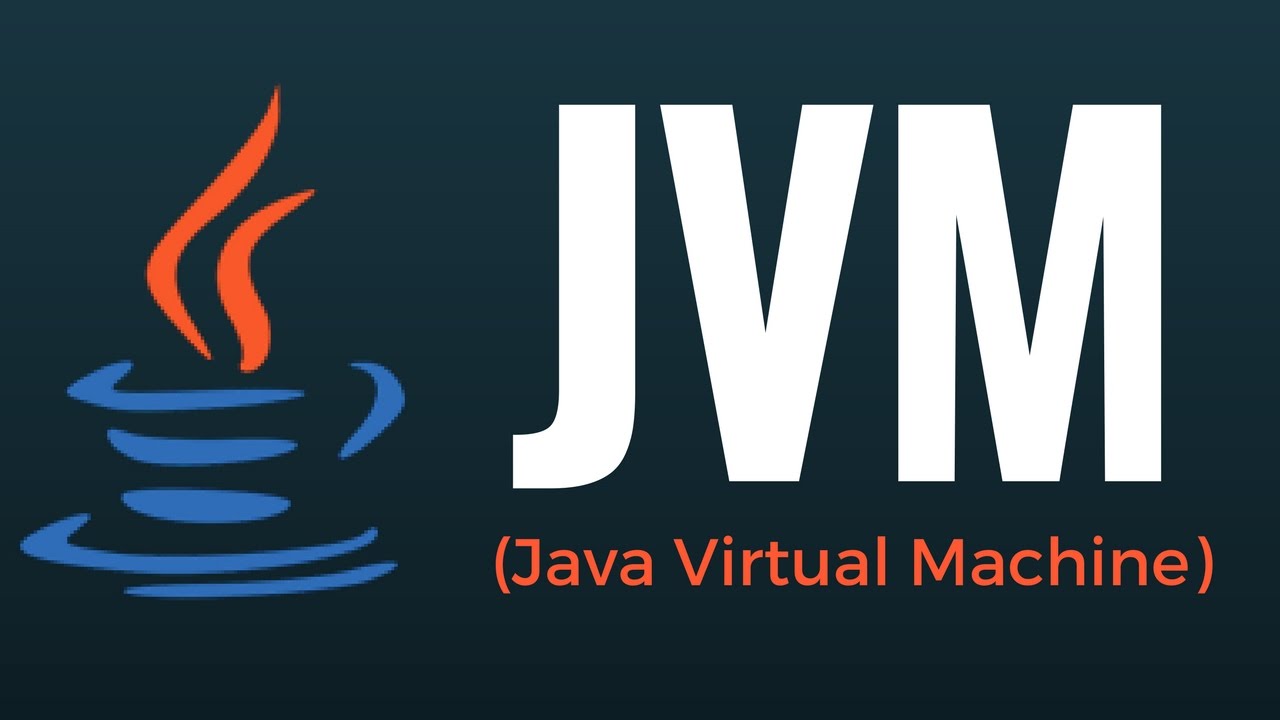PHP is the most widely used web programming language. With the development of PHP, many PHP frameworks have emerged, but only a few of them truly utilize the full potential of the PHP language.
Each PHP framework has its own development, features, and capabilities. In this article, we will explore what Laravel is and why you should learn Laravel.
Laravel provides unique features such as Eloquent, Restful Routing, Query Builder, Blade templating, and Homestead, making it worthwhile.
What is a framework?
Before delving into the explanation of Laravel, we need to understand what a framework is.
In general, a framework is a concept of a set of structures and guidelines used to build something useful.
What is a Software Framework?
A software framework is an abstract concept in which software provides common functionality that can be selectively changed by additional user-written code. A software framework provides a standard for building and deploying applications.
Simply put, a software framework is a structure that you can use to build something. It allows you to use different components, interact with external APIs, and define the structure of your application.
In essence, a software framework is the "framework" of the software.
A software framework allows you to:
Reduce complexity: A software framework makes it easier to handle complex situations and break them down into different parts.
Clean code: A software framework helps you write clean and reusable code.
Testing and debugging: A software framework makes testing easier and debugging more efficient.
Coding conventions: A software framework has strict guidelines for programmers to follow, promoting a more consistent codebase with fewer errors.
Scalability: No matter how fast your application grows, frameworks make it easier to scale the application as needed.
What is a Web Framework?
A Web Framework or Web Application Framework is simply another Software Framework that helps you build web pages / web applications, including web services and APIs.
Web Frameworks allow you to create reusable components and program common web tasks more easily.
What is a PHP Framework?
A PHP Framework is a collection of PHP classes that helps you build web applications easily.
What is Laravel?
Laravel is one of the most popular PHP Frameworks in the world used for building web applications, ranging from small projects to large ones. Laravel is the choice of many professional PHP developers because of its performance, features, and scalability. Laravel eliminates the "pain" of web programming by providing integrated features such as authentication, email, routing, session management, and much more.
Laravel is highly customizable, allowing you to structure your web projects according to your own needs. With Laravel's beautiful and elegant syntax, you can write code that is easy to read and maintain.
Laravel was created by Taylor Otwell in 2011, and since then, he has continued to develop the Framework significantly and make it compatible with the latest web technologies.
16 main features of Laravel Framework
Laravel Framework possesses a large ecosystem of features, including instant deployment, routing, ORM, DB query, routing, templating, and more. Here are some key features that make Laravel Framework stand out from other web frameworks.
1. Dependency Management feature
Dependency Management is one of the best features of Laravel, understanding the functionality of the Service Container (IoC) is crucial to understanding modern web applications.
In Laravel, IoC (Inversion of Control) or Service Container is the most powerful tool for managing dependent classes.
Dependency Injection is a method to eliminate hard-coded and vulnerable SQL attack-prone classes by using a tool like Composer.
2. Modularity feature
Modularity is the ability for a web application component to be separated and combined.
You can divide business logic into different modules, all working together to make the web application function.
Laravel is designed to create a modular web application, even Laravel itself is a collection of components.
Using a modular structure, you can easily design and develop a large-scale enterprise application. Laravel provides simple guidelines for creating modules or packages within Laravel.
3. Authentication feature
Authentication is an essential part of any modern website.
Writing authentication in other frameworks like Codeigniter can take a lot of time.
But with Laravel, it's the opposite. Just by running a simple command, you can create a fully functional authentication system.
Laravel also provides convenient documentation to implement authentication according to your specific needs.
4. Caching feature
Caching is a technique for storing data in a temporary storage location and retrieving it quickly when needed.
It is primarily used to improve the performance of a website.
Laravel caches almost all data, from views to routes. This helps Laravel reduce processing time and increase performance.
5. Routing
Routing in Laravel is easy to understand and similar to the Ruby on Rails framework.
Laravel routing can be used to easily create a static application. You can group routes, name them, apply filters to them, and link your data models with them.
Laravel routes can be used to create search engine-friendly URLs with flexibility and maximum control.
6. Restful Controllers
Laravel's Restful Controllers allow you to separate business logic after serving GET or POST requests.
You can also create resource controllers that can be used to easily create CRUD operations. Then, you can link the resource controller to routing to automatically serve all CRUD routes.
7. Testing and Debugging
Laravel comes with PHPUnit for testing your applications. Laravel is built with testing in mind, so it provides excellent support for testing and debugging.
Template Engine
Blade is the template engine of Laravel. Blade provides a small number of helper functions to format your data in the view.
Blade also implements template inheritance that you can use to create complex layouts. All Blade templates use the .blade.php file extension.
9. Database Query Builder feature
Laravel's Database Query Builder provides a convenient way to create database queries.
It comes with numerous helper functions that you can use to filter your data.
You can easily perform complex queries using joins in Laravel.
The syntax of Laravel's Query Builder is easy to understand and makes writing database queries much smoother.
10. ORM
Laravel relies on the Eloquent ORM, which provides support for most database engines.
It works seamlessly with MySQL and SQLite.
Laravel also offers comprehensive documentation for all Eloquent functions.
11. File System feature
Laravel provides support for multiple file systems. You can use a local file system or any cloud platform such as Amazon S3.
You can choose which file system to use by changing the options in the `config/filesystems.php` file.
12. Laravel's security features are excellent
Laravel provides a way to create secure web applications.
Laravel stores all passwords as hashes instead of plain text passwords. It uses BCrypt to hash passwords.
Laravel provides security measures against SQL injection attacks. It ensures the safe handling of user-provided data.
13. Artisan
Laravel's command-line tool is called Artisan. Laravel comes with a multitude of built-in commands that you can run on the command-line interface to perform tasks.
You can avoid repetitive tasks in the development process with this tool.
14. Migration System
Laravel provides a Migration system similar to Ruby on Rails for creating database structures.
"Migrations are a way to create a database table without actually getting into data management like phpmyadmin or sql lite..."
You can use PHP to write Migrations to create your database structure instead of using SQL.
You can create databases, tables, and indexes using Migrations. If you want to modify a column, you don't have to recreate the entire table; instead, you can run a new migration.
15. Envoy feature
Using Envoy, you can run common tasks on remote servers in your application. It also allows you to set up tasks for deployment.
16. Localization feature
Laravel allows you to create a multilingual application while building your website. You can access different language strings using the `trans()` helper.
Laravel has proven itself as the best PHP framework thanks to all these features. It is continuously being improved.

What is ReactJS? Things you may not know about ReactJS

What is JRE? Learn more about Java Runtime Environment

What is PHP? What do PHP programmers do?

What is JVM? Learn the details of Java Virtual Machine in Java

What is Jquery? Uses and reasons why Jquery is popular